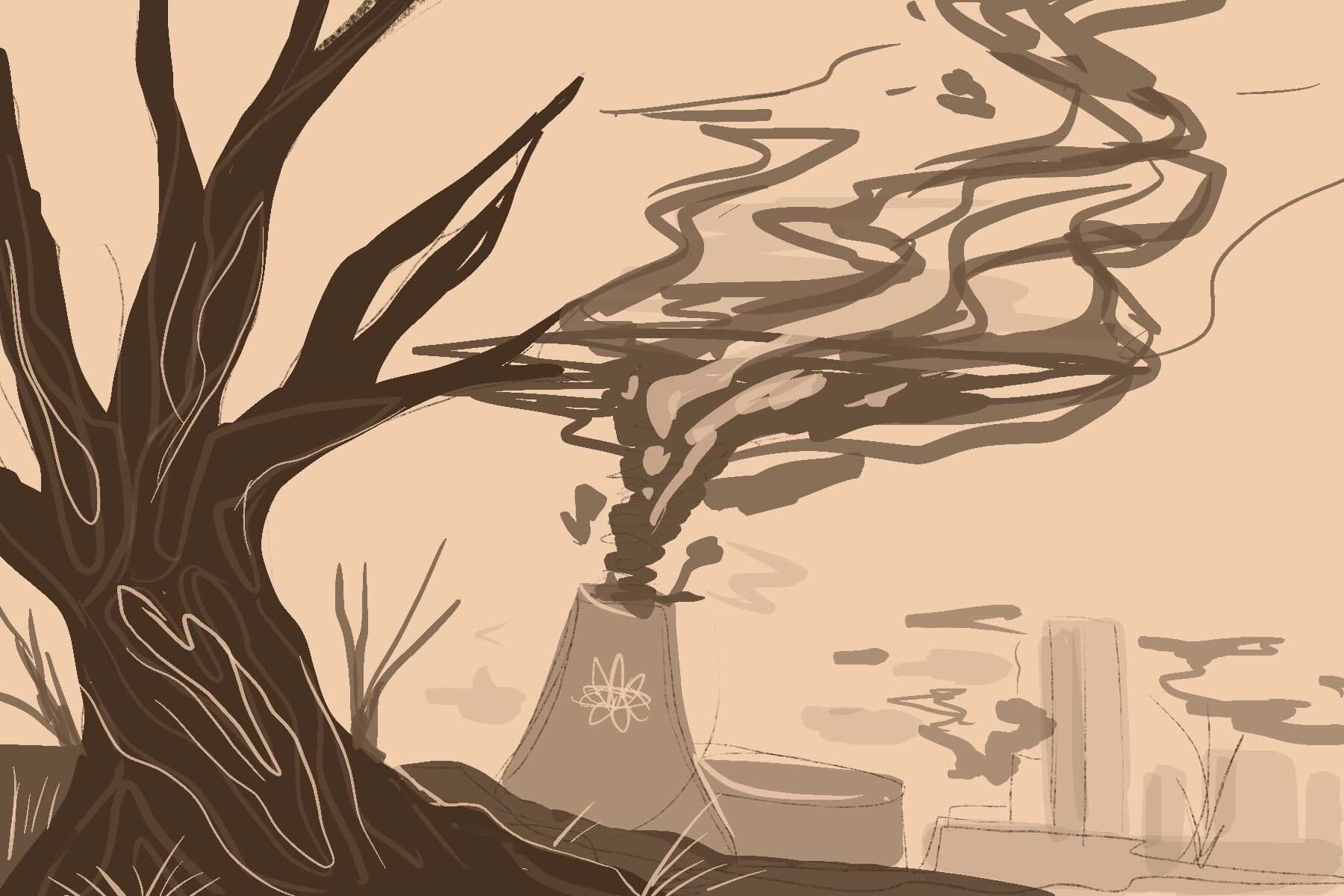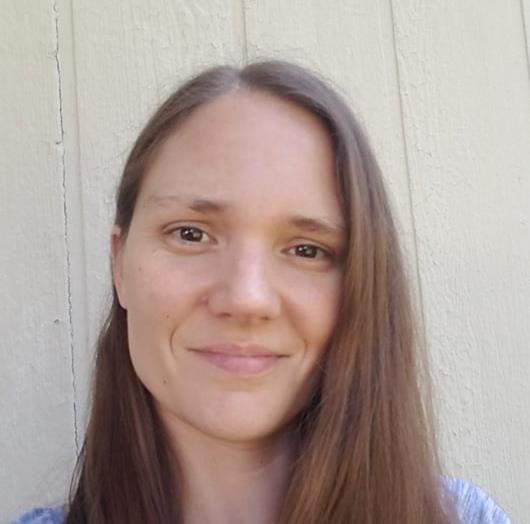Professor Katharine Hayhoe, an atmospheric scientist, just released her newest book, “Saving Us: A Climate Scientist’s Case for Hope and Healing in a Divided World” in September. The book serves as a guide for people wanting to facilitate productive climate change conversations with those who struggle with the topic.
Who Is Katharine Hayhoe?
Katharine Hayhoe: woman, climate scientist, Christian, mother, wife, conservative and a firm believer in climate change.
Born in Toronto in 1972, Hayhoe’s career in atmospheric science began at the University of Toronto, where she obtained a bachelor’s degree in both physics and astronomy. Afterward, Hayhoe attended the University of Illinois at Urbana-Champaign, where she gained her master’s and doctorate of philosophy degrees in atmospheric science. Hayhoe’s work focuses on studying future impacts of climate change and how it will affect the planet and its inhabitants.
Hayhoe has published more than 125 peer-reviewed abstracts and publications. She co-authored “Downscaling Techniques for High-Resolution Climate Projections: From Global Change to Local Impacts,” which was published in March. Hayhoe was the lead author on key reports for the U.S. Global Change Research Program and the National Academy of Sciences, including the Second, Third and Fourth U.S. National Climate Assessments. She made a popular TEDTalk video titled “The most important thing you can do to fight climate change: talk about it” in November of 2018. Hayhoe also serves on advisory boards for many companies, including the Environmental Resilience Institute at Indiana University, Engie, Faraday Institute for Science and Religion, Netflix and the Smithsonian Natural History Museum.
Currently, Hayhoe resides in Texas, where she stays busy working as the chief scientist for The Nature Conservancy. She is a Paul Whitfield Horn Distinguished Professor and holds multiple positions at Texas Tech University in Lubbock, and if that wasn’t enough, she is also involved in many other climate-focused organizations and projects. Some of her recent works include videos for her local PBS station, appearing in documentaries, writing books and attending online seminars. For more information, Hayhoe lists all of her upcoming events on her Facebook page.
The Issue of Climate Change
As a devoted climate scientist, Hayhoe spends most of her time explaining why climate change matters and the importance of talking about it. These conversations inspired her to write “Saving Us.” In her book, Hayhoe explains how to effectively speak to people about the subject, specifically by finding common ground through shared concerns influenced by climate change.
Many believe that the significant issue dividing people over climate change is that several individuals still deny the science behind it. However, as Hayhoe argues in “Saving Us,” denial is not the main factor causing the conflict in these conversations; most people do believe in climate change and the problems occurring because of it. Instead, Hayhoe said, “It’s a combination of tribalism, complacency, and fear. Most don’t think climate change is going to affect them personally or that we can do anything reasonable to fix it.”
Fear of change is a significant factor influencing peoples’ opinions about the subject. Hayhoe explained, “Fear drives tribalism, emphasizing what divides us rather than what unites us; and the more threatened we feel, the tighter we draw the circles to distinguish between them and us” — hence the strong, hateful divide between political parties on the issue.
The starting point for productive climate change conversations is to stop viewing people as only believers or nonbelievers. Classifying peoples’ perspectives on the matter is far more complex. So, Hayhoe uses the “Global Warming’s Six Americas” classification system created by Tony Leiserowitz and Ed Maibach. This system places people into six broader categories:
- Alarmed: Global warming is a severe issue created by man that affects us right now, but what to do!
- Concerned: Global warming is a severe issue created by man and will be a real problem in the future. We should probably do something about it, eventually.
- Cautious: To believe in global warming or not to believe in global warming. That is the question.
- Disengaged: Don’t know, don’t care.
- Doubtful: If it IS real, I’m sure it’s a normal process that the planet goes through. Not worth worrying over.
- Dismissive: Global warming is a bunch of nonsense!
About “Saving Us”
In “Saving Us,” Hayhoe explains that constructive conversations do not begin with throwing science in other individuals’ faces to convince them to believe. Many people concerned about climate change think they must use scary scientific facts to get people to care — facts such as melting ice caps causing sea levels to rise to an extreme level and consume a massive amount of land. Even though the realities of climate change are horrifying, using facts and fear tactics as motivators is the wrong approach. Hayhoe stated, “To spur ourselves and each other to action we must provide a positive incentive to act, not just an apocalypse to avoid.”
Hayhoe describes how to engage in productive and meaningful conversations with others about climate change with these simple steps:
- Begin by getting to know each other and what issues and concerns you share. Then connect them to climate change and how they affect you as an individual.
- Where do you live?
- What do you enjoy doing?
- What is your home country?
- Who do you love?
- What do you believe?
- Share your personal and lived experiences; “Connect who we are to why we care.”
- Discuss ways people can fix those problems and the actions individuals have taken to resolve them already.
Throughout the five sections of “Saving Us,” totaling 22 chapters, Hayhoe shares her many personal experiences about climate change conversations. She talks about frustrating discussions with family members, surprising exchanges after guest talks at climate change seminars and many other chats she has shared with others; Hayhoe even displays hateful messages she has received on social media. Some of these experiences resulted in remarkable outcomes for people who understood and cared about climate change afterward.
Still, Hayhoe met many people for whom her words fell on deaf ears. In the end, the combination of experiences taught her how to create mutually respectful and constructive conversations to help people understand and care about climate change.
Hayhoe wrote, “Bonding over the values we truly share, and by connecting them to climate, we can inspire one another to act together to fix this problem.” People who care about climate change must take the time to understand each other’s concerns and the impacts of climate change to finally break the divide.

















